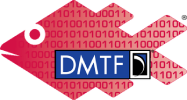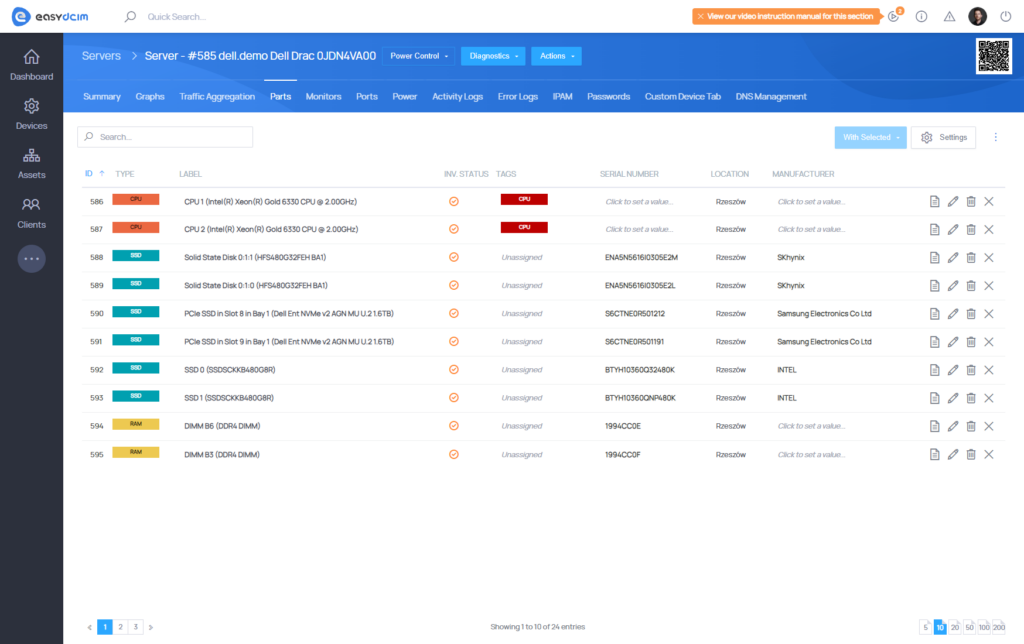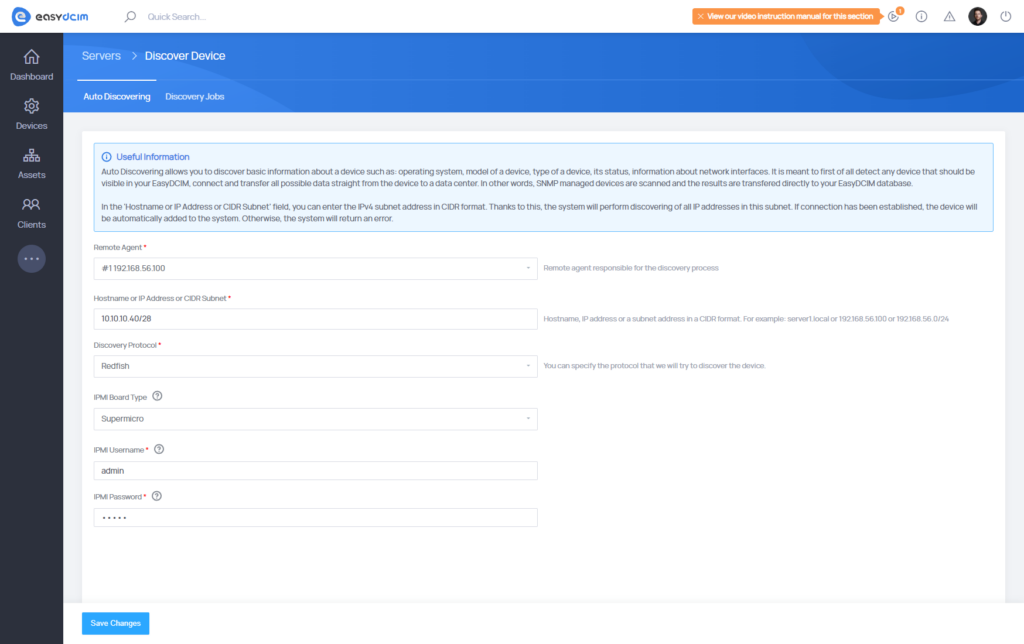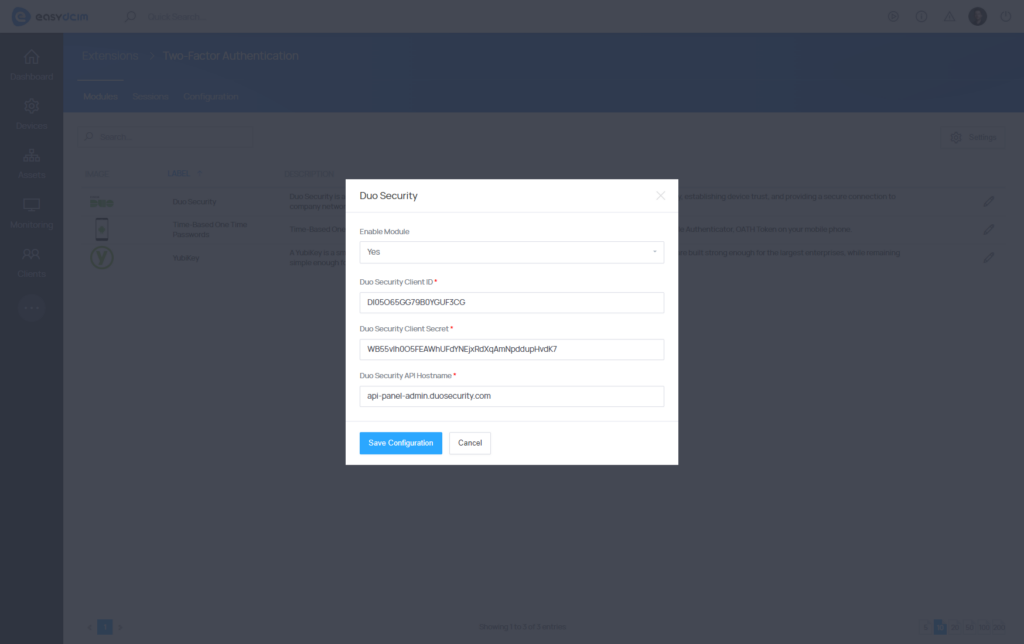It was just a blink of an eye ago that our marketplace welcomed a major update – the platform has officially opened up to the integration with HostBill, courtesy of two brand-new (and free!) extensions: Dedicated Servers For HostBill and Colocation For HostBill.
Now, fully aware that the dust has barely settled, we are announcing that another anticipated step on our developmental path has been taken. Let us shed some light on the freshly unveiled EasyDCIM v1.9.9!

Facilitating server detection
Our major focus is always on freeing server management from chaos and complexity – one functional aspect at a time. And that’s exactly what has driven this fresh change, resulting in new features that will empower you with greater control over your elaborate infrastructure.

Determined to respond to changing industry dynamics and community needs, we made our IPMI integration extension compatible with the Redfish protocol that stands out as a cutting-edge technology employed by the most prominent dedicated server manufacturers like Dell, Supermicro, and HP.
R.I.P IPMI – Long Live Redfish?
Increasingly recognized as a modern and more secure alternative to IPMI, Redfish stands ready to eventually replace it, emerging as the fresh industry standard for data center management. Does Redfish actually have a shot at it? It seems highly likely, given Intel’s confirmation that there are no upcoming updates to the IPMI specification to be expected.
The implementation of this solution revolutionizes the whole auto-discovery process, previously anchored solely in the SNMP protocol and its support for network devices. It creates space not just for the automatic detection of dedicated servers, but also facilitates convenient access to detailed information about various server components, including:
- Processors – with data on: the model, name, and cores.
- RAM memory – with data on: the model, label, serial number, and memory size expressed in gigabytes.
- Hard disk drives (HDD) and solid-state drives (SSD) – with data on: the model, manufacturer, serial number, description, and disk size expressed in gigabytes.
- Network interfaces – with data on: the description, MAC address, name, and operational and administrative status of the port.
The whole operation smoothly fits into the pattern of simple and convenient navigation. You just need to enter essential access information – IP address, username, and password; the rest is up to EasyDCIM that automatically identifies the server and adds it to the system with all its components.

It is even possible to successfully discover entire subnets – in that case, the subnet has to be provided in CIDR notation, which prompts EasyDCIM to create discovery tasks for all IP addresses in that particular subnet.
More than just discovering devices, Redfish integration has broadened EasyDCIM’s feature set with remote restart and boot/shutdown actions.

Putting you at ease
In the era of an increased number of cybercrime instances and threats, it’s not surprising that the issue of security remains one of the major concerns reported by our clients. Taking a proactive stance, we decided to enrich the Two-Factor Authentication extension with seamless integration with Cisco Duo Security.

This two-factor authentication solution based on the new Universal Prompt has been quickly gaining popularity in the market for its robust safety features. When it comes to smartphones, you can download the Duo Mobile app that utilizes the two-step verification function to further enhance login security in EasyDCIM.
A bonus touch of simplicity
Last but not least, we channeled our efforts into the revamping of how EasyDCIM manages noVNC sessions, i.e. it facilitates the server’s KVM console connections by means of the noVNC technology. Now the noVNC session relies on the main SSL certificate of the EasyDCIM domain. This enhancement worked into the IPMI integration extension considerably simplifies configuration, eliminating the need for additional certificates dedicated solely to noVNC sessions.
We know exactly how to set the ball rolling, don’t we? And we make it roll directly toward the forefront of technology, correcting the course every single time we spot an area for improvement. Now, assuming we have successfully whetted your appetite for more specifics concerning the 1.9.9 release, we highly recommend reviewing the detailed changelog available on our website.



















